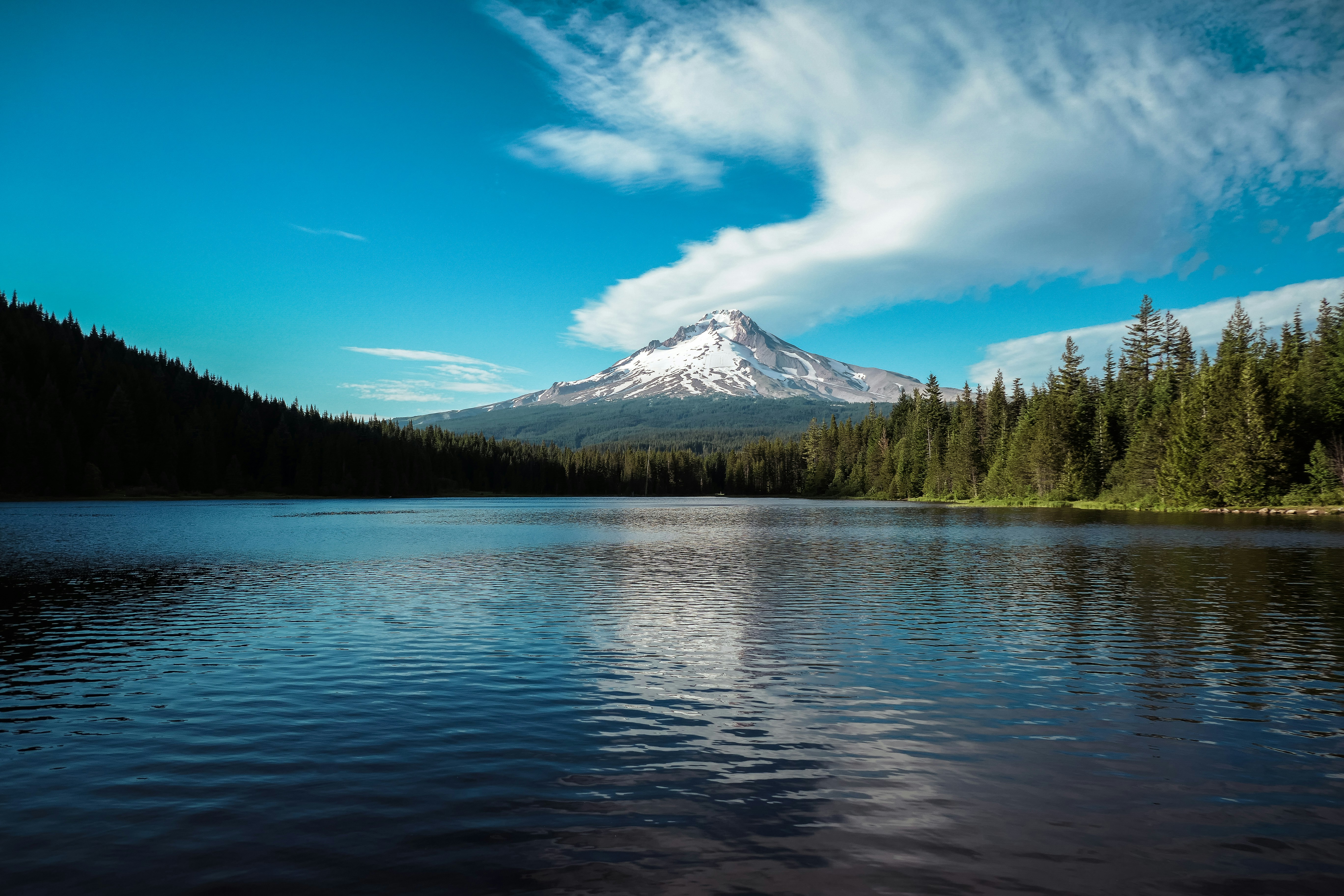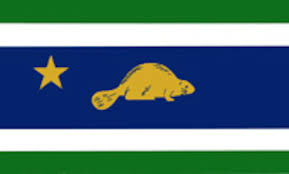
Oregon's History
 Early Exploration and Settlement:
Early Exploration and Settlement:- 16th Century: European explorers, including Spanish navigators, first reached the Oregon coast. However, it wasn't until the late 18th century that more detailed explorations began.
- 1792: American captain Robert Gray explored the Columbia River, naming it after his ship, the Columbia Rediviva. This claim later became significant for American interests in the region.
- 1804-1806: The Lewis and Clark Expedition, commissioned by President Thomas Jefferson, explored the area, providing valuable information and strengthening U.S. claims.
Oregon Trail and Migration:
- 1840s: The Oregon Trail became a major route for settlers moving westward. Thousands of pioneers traveled the arduous path, seeking fertile land and new opportunities.
- 1843: The settlers in the Willamette Valley established a provisional government, marking an important step in organizing the region.
Oregon Territory:
- 1846: The Oregon Treaty between the U.S. and Britain resolved the boundary dispute, establishing the 49th parallel as the border between British North America (Canada) and the U.S.
- 1848: The U.S. Congress created the Oregon Territory, encompassing present-day Oregon, Washington, Idaho, and parts of Wyoming and Montana.
Path to Statehood:
- 1850: The Donation Land Claim Act encouraged settlement by granting land to pioneers, boosting the population and development of the territory.
- 1857: Delegates met in Salem to draft a state constitution, which was approved by voters later that year.
- February 14, 1859: Oregon was admitted to the Union as the 33rd state. The decision was influenced by the balance of free and slave states, as Oregon was admitted as a free state.
Oregon's Statehood Legacy:
Oregon's journey to statehood reflects the broader themes of American expansion and the complex interactions between indigenous populations, European explorers, and American settlers. The state’s rich history is preserved in its diverse landscapes, cultural heritage, and continuing traditions.
